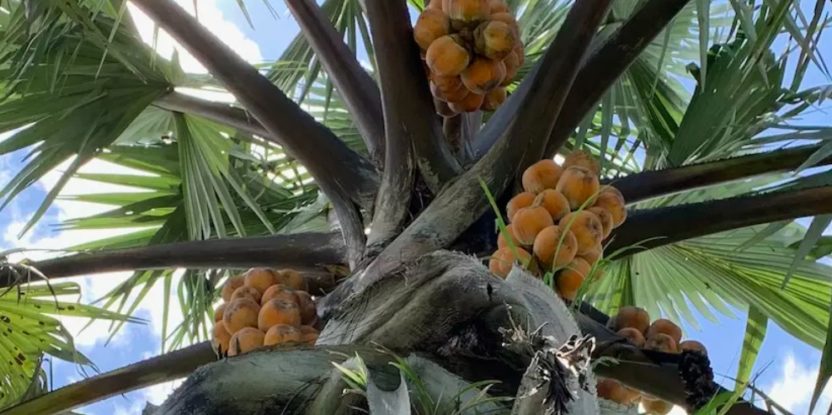Trees offering nutritional potential through their fruit pulp, fats, oils, starchy shoots and other edible parts grow widely throughout the Global South, but often they are not fully recognized for their nutritional benefits.
Three species in particular nourish millions of people, according to a leading agroforestry specialist.
Ensuring that these “food trees” are available can contribute to healthy diets, providing essential vitamins and minerals, writes Catharine Watson, chief of partnerships for the Center for International Forestry Research (CIFOR) and World Agroforestry (ICRAF), in an article on the World Economic Forum website.
“This year is the International Year of Fruits and Vegetables — let’s make sure trees aren’t forgotten and are recognized for their contribution to diets,” she said, adding that food trees – many of which are indigenous — can make significant contributions to achieving the U.N. Sustainable Development Goals and the U.N. Decade on Ecosystem Restoration 2021-2030, which will launch this year.
Better nutrition can help prevent stunting, which is defined by the World Health Organization (WHO) as impaired growth and development children experience as a result of poor nutrition. It affects more than 160 million children under age 5, according to WHO.
WHO and U.N. food agencies estimate that more than 800 million people do not get enough food to eat and that more than 2 billion people experience micronutrient deficiency, or “hidden hunger,” worldwide.
The WHO recommends a minimum of 400 grams of fruit and vegetables per day to prevent diseases such as heart disease, cancer, diabetes, obesity and deficiencies of micronutrients like Vitamin A and zinc, Watson said.
But global supply is about 22 percent short of population needs, while low- and middle-income countries are 58 percent short.
“The challenge is complex, but there’s good news: indigenous trees that are vital sources of nutrition and thrive in arid areas can help address both these crises,” she added.
Learn more about how these trees can make a difference here.
We want you to share Forests News content, which is licensed under Creative Commons Attribution-NonCommercial-ShareAlike 4.0 International (CC BY-NC-SA 4.0). This means you are free to redistribute our material for non-commercial purposes. All we ask is that you give Forests News appropriate credit and link to the original Forests News content, indicate if changes were made, and distribute your contributions under the same Creative Commons license. You must notify Forests News if you repost, reprint or reuse our materials by contacting forestsnews@cifor-icraf.org.
